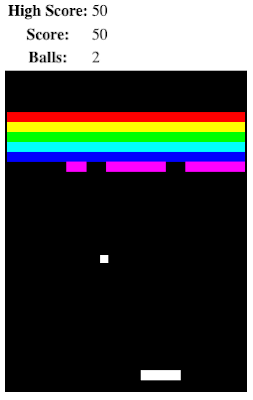I just threw in the towel on the ICFP 2009 Programming Contest . The problem this year was a set of 4 sub-problems related to orbital mechanics, plus a virtual machine spec. The virtual machine was used to enable the problems to be specified exactly, without worrying about differences in the order of math operations. Implementing the virtual machine was easy and fun. Unfortunately, actually solving the final sub-problem required learning too much math and physics. I was able to solve problems 1 and 2, and make an entry for the lightning round. And I brute-forced a solution for problem 3. But now, 56 hours into the contest, I am giving up on problem 4. I can see the general outline of how to solve it, but it would take sharper tools than I have now. For example, I'd like a way of solving Lambert's equations, but I'm having trouble deriving the code on my own, and the best example I've found while searching the web is a 30-year-old NASA Space Shuttle Fortran program . Al


